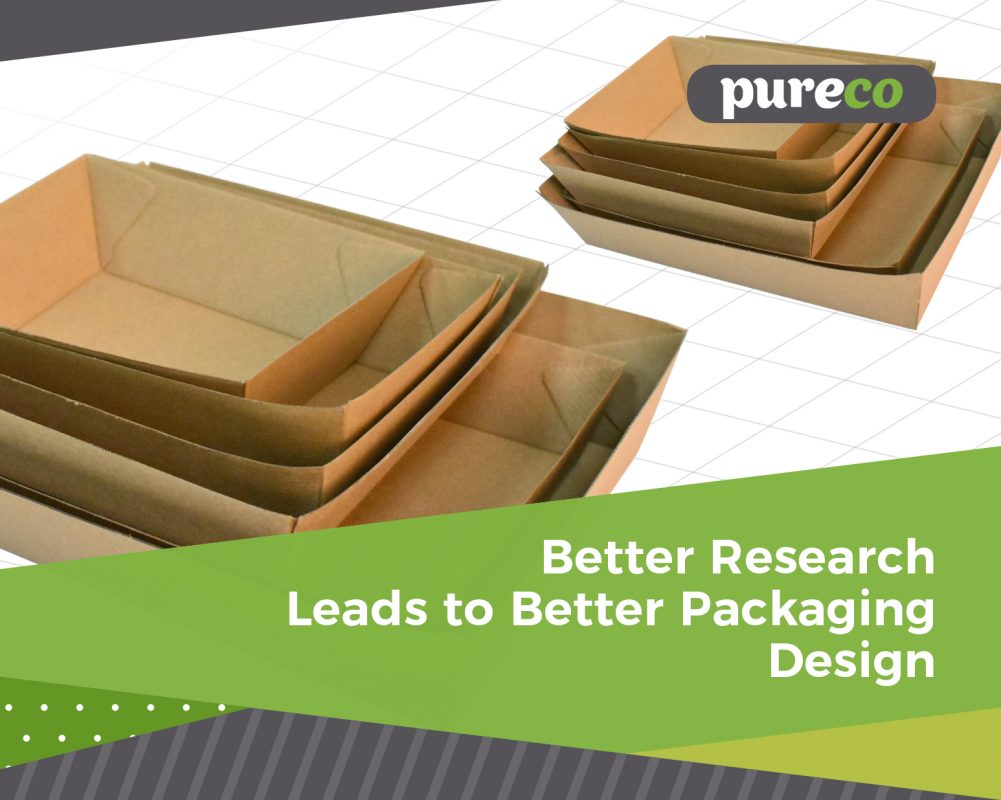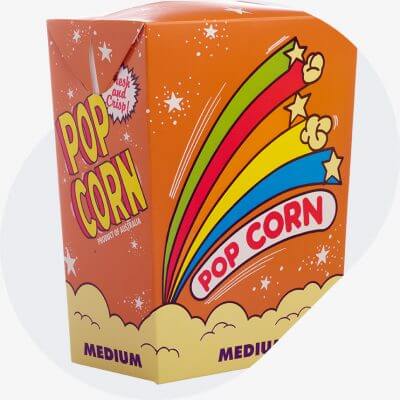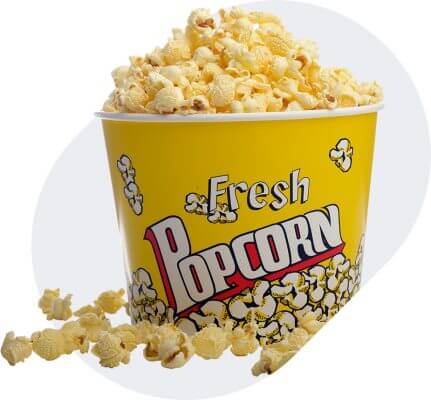Knowledge is power.
That’s a phrase you’ve probably heard a thousand times, but it rings true in the world of packaging. The more you know about your customers, competitors, and your marketplace, the easier it is to carve a place for yourself as a stand-out business.
That’s one of the reasons why some of the most successful brands invest a lot of time and effort into regular research. With the right research, you can discover niche customers your competitors might be missing, and even find out what drives your consumers to buy.
Research can tell you which colours to use on your popcorn packaging, and what size of cup will generate the most sales. The question is, how do you make research a consistent part of your packaging design strategy?
1. Keep Track of your Market (And Competitors)
No matter whether you’re a restaurant, café, or even a local movie theatre, one of the most important things you’ll need to remember is that customer preferences are always changing. As younger people enter the marketplaces, and your loyal clients start to age out, your packaging design will need to adapt to suit new tastes. Even a change in preferences with your existing customers might mean you need to revamp your brand identity.
Also Read: How to Design and Manufacture Creative Packaging for your Business
Keep tabs on what the people in other companies just like yours are doing to attract their customers. Have you noticed another theatre in town bringing out a larger size of popcorn? Is a nearby café seeing success because they’ve embraced eco-friendly burger boxes? Keeping up with market research and competitor analysis is a great way to make sure you don’t fall behind on the trends.
2. Unlock the Power of Qualitative Research
When it comes to market research, a lot of companies spend all their time on statistics and numbers. While a graph showing you which of your hot food trays get the most sales can be great for boosting your bottom line, it’s important not to overlook your qualitative data too. Effective packaging design should have an emotional impact on your audience, that means that they’re often left with something to say.
A good way to find out how your customers feel about your packaging is to simply ask them! Launch a social media campaign where you ask people to rate the things they like most or least about your packaging choices. On the other hand, you could always ask your customers to fill out a quick survey card in person in exchange for a chance to win a free coffee or something similar. Great sources of qualitative research include:
- Customer reviews and feedback
- Polls and questionnaires
- Competitions
3. Remember to Do your Own Research
While industry case studies and surveys from your competitors can provide you with plenty of great information for your packaging design, few things will be more beneficial than your own research. You’ll have already started researching with your polls, and questionnaires above, but don’t forget A/B testing with your packaging too! A/B testing involves gradually introducing your customers to small changes in your packaging design, then watching to see whether your profits go up and down. Once you’ve got a general idea of the things you need to change to delight your customers, A/B testing can help to make sure you’re spending your marketing budgets on the right thing.
Testing small changes like different packaging materials, environmentally-friendly designs, or even different shapes can help to give you more insight into customer preferences. After a while, you’re sure to find the packaging design that works best for you.
To find out more about creating your packaging, contact us directly at +86-21-57382058 or jump onto our live chat feature (bottom right-hand side of this page) and send us a message.
We look forward to speaking with you.

 86-21-57382058
86-21-57382058


 86-21-57382058
86-21-57382058